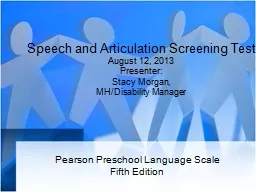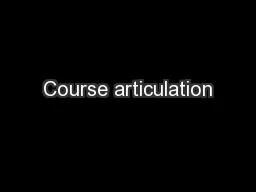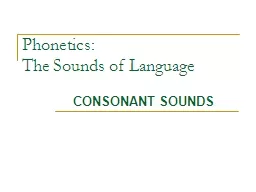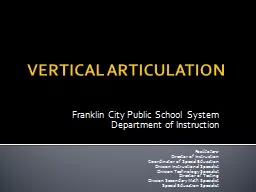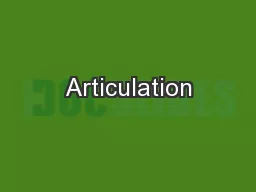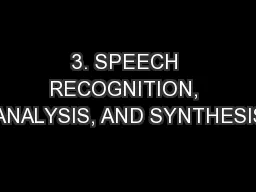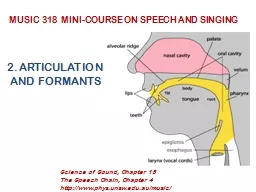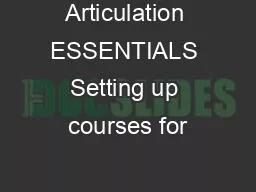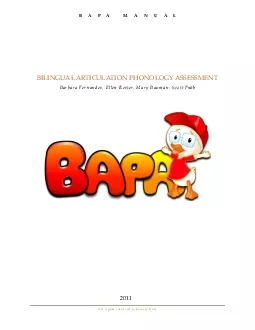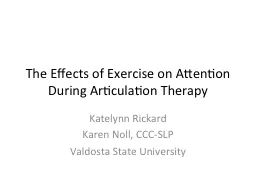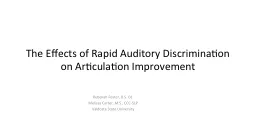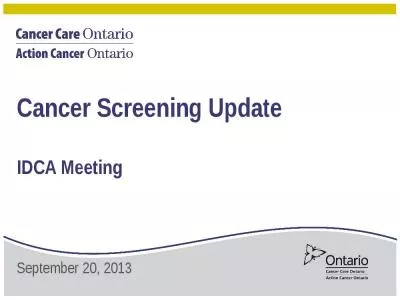PPT-Speech and Articulation Screening Test
Author : alexa-scheidler | Published Date : 2020-04-11
August 12 2013 Presenter Stacy Morgan MHDisability Manager Pearson Preschool Language Scale Fifth Edition Performance Standard What is the Performance Standard
Presentation Embed Code
Download Presentation
Download Presentation The PPT/PDF document " Speech and Articulation Screening Test" is the property of its rightful owner. Permission is granted to download and print the materials on this website for personal, non-commercial use only, and to display it on your personal computer provided you do not modify the materials and that you retain all copyright notices contained in the materials. By downloading content from our website, you accept the terms of this agreement.
Speech and Articulation Screening Test: Transcript
Download Rules Of Document
" Speech and Articulation Screening Test"The content belongs to its owner. You may download and print it for personal use, without modification, and keep all copyright notices. By downloading, you agree to these terms.
Related Documents

